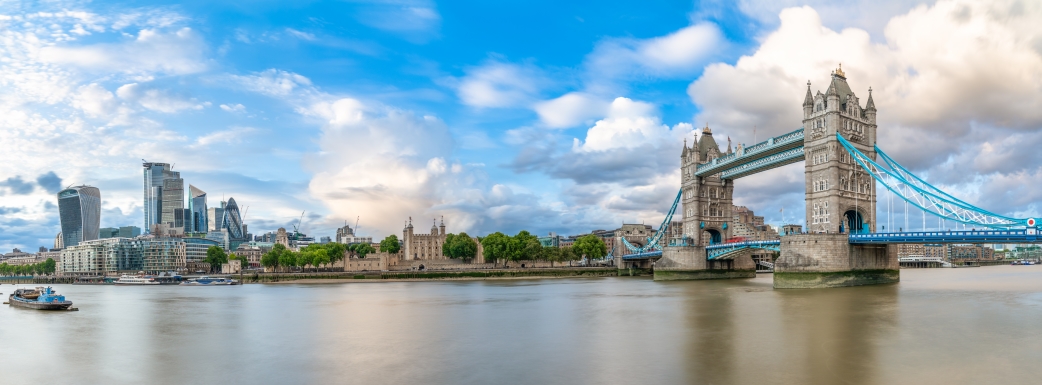
Kitchen Extract Cleaning in one of London’s historical buildings
End user Name: The historic building made up of public areas, multiple restaurants and staff canteens servicing 1000s of customers over the year.
Customer Industry: Hotels & Restaurants
The kitchen extraction systems servicing the restaurants were in need of deep cleaning to reduce the amount of built-up carbon and grease within the ductwork that was posing a significant fire hazard.
Inline with the Fire Safety Reform Act 2005 all building owners / managers have a responsibility to reduce the fire hazards within their properties. Kitchen extraction systems maintenance best practice is listed in the Building and Engineering Services Association (BESA) TR19 Grease document giving clear guidelines on accepted cleaning methods, reporting and intervals to reduce the fire risk to a safe level.
Previous attempts at cleaning the ductwork at site had only achieved partial levels of compliance with some large sections of ductwork remaining uncleaned and a hazard to the building.
Using the BESA TR19 compliance framework as a guide the following actions were taken to remove the grease within the ductwork:
- Installed access doors into the ductwork at 2 m intervals to access for cleaning.
- Unbolted and completely removed the inline fan to strip and clean.
- Used a motorised brush machine to clean hard to reach ductwork hidden in a void behind a wall.
Following the cleaning the system has been cleaned back to bare metal with a maintenance plan in place to keep grease deposits below the 200 microns indicated as a fire hazard within BESA TR19.
End user Name: The historic building made up of public areas, multiple restaurants and staff canteens servicing 1000s of customers over the year.
Customer Industry: Hotels & Restaurants
The kitchen extraction systems servicing the restaurants were in need of deep cleaning to reduce the amount of built-up carbon and grease within the ductwork that was posing a significant fire hazard.
Inline with the Fire Safety Reform Act 2005 all building owners / managers have a responsibility to reduce the fire hazards within their properties. Kitchen extraction systems maintenance best practice is listed in the Building and Engineering Services Association (BESA) TR19 Grease document giving clear guidelines on accepted cleaning methods, reporting and intervals to reduce the fire risk to a safe level.
Previous attempts at cleaning the ductwork at site had only achieved partial levels of compliance with some large sections of ductwork remaining uncleaned and a hazard to the building.
Using the BESA TR19 compliance framework as a guide the following actions were taken to remove the grease within the ductwork:
- Installed access doors into the ductwork at 2 m intervals to access for cleaning.
- Unbolted and completely removed the inline fan to strip and clean.
- Used a motorised brush machine to clean hard to reach ductwork hidden in a void behind a wall.
Following the cleaning the system has been cleaned back to bare metal with a maintenance plan in place to keep grease deposits below the 200 microns indicated as a fire hazard within BESA TR19.

 FHK Polska
FHK Polska PureMedion Kft.
PureMedion Kft. Elfa spol. s r. o.
Elfa spol. s r. o. Ecotip d.o.o.
Ecotip d.o.o.